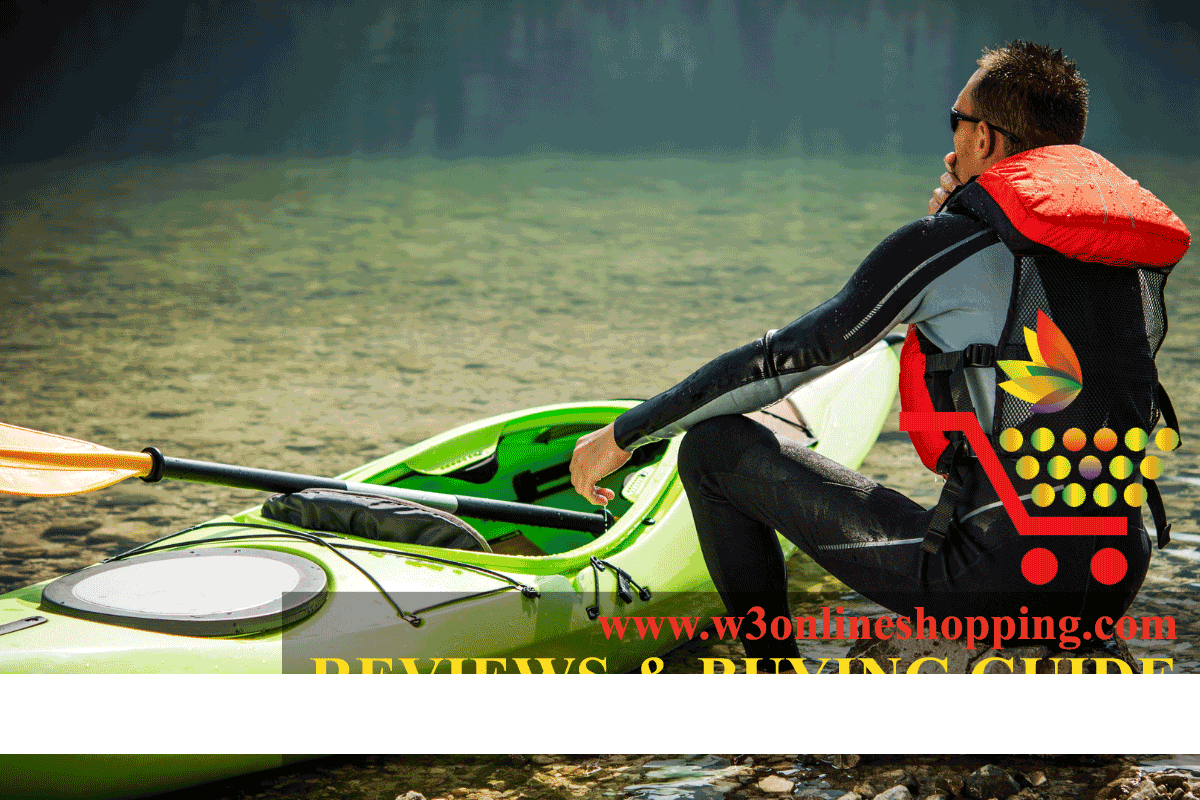Pick a vessel that matches your size. You should experience relaxed in it and appreciate your paddling. Before buying, get several ships for check rides. Access, rent or use vessel at test times financed by suppliers and manufacturers. Exercise many designs to compare the stability, the monitoring effectiveness, the pace and maneuverability. The faster ships are an easy task to push, creating them better suited to examine tidal channels in estuaries and marshes.
Longer kayaks have sufficient saving place and are faster. Novices should usually start off with bigger boats. Don’t spend significantly on your own first boat, as you tend to outgrow it fast, once your paddling skills improve. Plastic kayaks are cheapest but soon lasting. Fiberglass, Kelvar and carbon are good choice as mild but high priced to plastic. Wooden boats are mild, fast, repairable and harder but need regular maintenance.
Consider the transfer factor. A lightweight kayak is probably worthwhile. Discuss and talk to different paddlers about the good qualities and cons of the boat. Consider their suggestions against your own electricity and needs. Consider your bodily strength and your sense of adventure. Think of the nature of your trips. Are you going to be traveling for single days more or have multi-day trips? This is crucial to choose the size of the kayak with respect to the storage available.
Find the ship with most readily useful accessories. As a great touring fishing kayak with poor components will be a poor deal overall. Keeping in mind each one of these factors, you can buy a most readily useful kayak to accommodate your model, style and need.Touring kayaks really are a cruising equipment well suited for trips and recreation. They’ve speed, performance to rush through choppy water with ease. It is a perfect selection for intermediate and more knowledgeable paddlers seeking an all purpose, large versatile kayak.
There are numerous things you should contemplate when buying your kayak. Price, storage, portability, balance, controllability, what kind of paddling you is likely to be performing and who you will be doing it with. Let’s have a look at each one of these as you have the procedure for selecting an ideal ship for you.
Inflatable ships have many advantages and are generally the smallest amount of expensive. As well as price they’re easier to transport and store. Hard sided boats could be manufactured from numerous different materials. Plastic may be the most inexpensive and the most sturdy. They are not easily damaged but are hard to repair. More expensive is the fiberglass product, a little more delicate than plastic but they may be repaired. The costs go up with kayaks made from Kevlar, graphite, or carbon fiber. The larger the purchase price, the lighter the model can be. You will need more room to store these rigid kayaks between uses and you will need a tray to transport. On the more expensive part are flip-up kayaks which are constructed with cloth stretched on a wood or aluminum frame. They are tough, usually lasting longer than different structural styles, and they keep their value for resale.
For start canoeing you almost certainly want an even more stable boat. However, you can find two kinds of security, an original balance if you are first getting back in and out from the boat and then pushing off. Less preliminary balance is a sign that ultimate balance, if you are in more turbulent water, is likely to be higher. To be stable needs the kayak to be larger, that detracts from the speed. Maneuverability in your kayak also needs a deal off; it could possibly get in a direct line, referred to as monitoring or may be made easily. An extended kayak can monitor better and a smaller one is more maneuverable. Another element that determines maneuverability is the bend of the hull, a higher curve indicates it’ll turn easily but it decreases the capacity to track.
